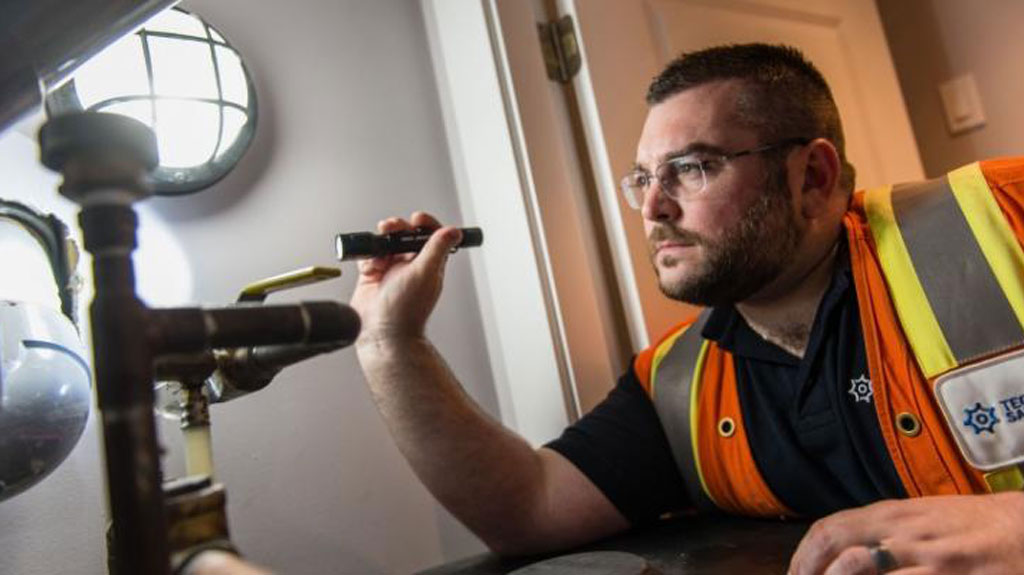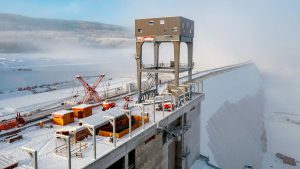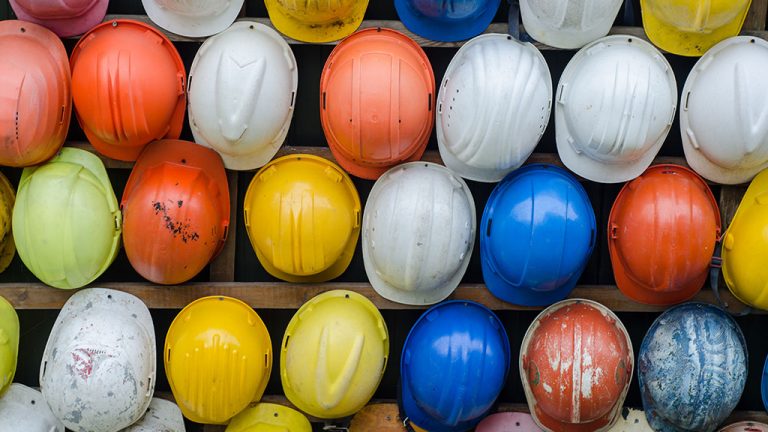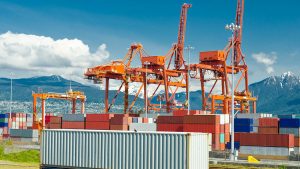Technical Safety BC, the independent, self-funded organization that oversees the safe installation and operation of technical systems and equipment in B.C., has released its latest state of safety report.
The report for 2020 outlined the work and findings of the group during one of the most unprecedented years in modern history. With tens of thousands of assessments to do, the group had to quickly adapt the pandemic.
“We had to look at our operations and see how things were going to work,” said Catherine Roome, the group’s lead executive officer. “We went to 100 per cent remote assessments so clients didn’t have to have the extra bodies onsite. This meant we had to ask them to do some extra work which wasn’t always welcomed but in the end we arrived at a good balance.”
Digitization during COVID
Now that the pandemic has begun to ramp down in the province, the group intends to keep doing remote assessments 25 to 50 per cent of the time.
The report shows that during the COVID-19 pandemic, Technical Safety BC was able to increase their presence in the safety system in 2020, conducting over 45,000 assessments, with 20,300 of them being conducted remotely. This is versus 40,000 safety assessments conducted in a typical year.
This was possible thanks to the organization’s use of data, analytics and artificial intelligence (AI).
Rather than being an obstacle, Roome said the push towards a more digital process presents opportunities.
The thousands of photos of inspections could be fed into the group’s artificial intelligence system to help it better recognize problematic scenarios. The data could also be used to help teach.
“We have found that this digital shift has so much opportunity,” said Roome. “We have thousands of photos of the same thing and can tell which eight per cent are problematic. That can be used in education materials in trades schools and shared more broadly.”
Roome said the pandemic also allowed the group’s proprietary predictive algorithm to work more closely in tandem with inspectors.
She said algorithms will never replace having a set of human eyes on something, but it does help significantly reduce the group’s environmental footprint and help augment the inspection process.
The system gives inspectors its assessment of if it thinks a site will have hazards and how serious it thinks those hazards might be.
In the past few years the AI system has increased its learning by 200 per cent, said Roome.
“It acts as a personal assistant and as we have seen the AI get better, so have the people,” said Roome. “There is this parallel learning which is so cool and now we want to try to support our clients with that learning too.”
According to the report, in 2020, there was a 3.49 per cent decrease in injuries compared to 2019 and a 9.5 per cent decrease in the number of incidents reported.
Roome said while part of this may be due to things like amusement parks and ski resorts being closed, construction kept booming.
说:“每个人都关心健康Roome。“Everyone stepped up and had a different attention to risk. The legacy out of this is that the science matters. It’s important to assess risk and it’s important that we agree on what risk we tolerate as a society.”
Ammonia and carbon monoxide remain risks
Despite this, some major risks still linger without much attention from the public. The report showed many Canadians don’t know what carbon monoxide poisoning is despite a handful of people dying from it every year – mostly because of improperly installed or maintained equipment.
Incidents were more prevalent at remote properties where owners opted to do the work themselves.
The group is also working to raise awareness of ammonia risk.
Roome noted the past few years have seen dozens of ammonia releases, including the tragic incident at Fernie Memorial Arena which killed three.
The incident was caused by a known leak in an ice chilling system.
Roome said she hopes that Technical Safety BC’s new awareness programs around ammonia and carbon monoxide can help educate people and prevent further incidents.
The group found that since 2017, 75 per cent of ammonia-related incidents were caused by equipment failure or improper procedure.
Risks on the horizon
One emerging hazard Roome said the group has identified is electric vehicle charging retrofits.
She explained that as the province encourages the use of electric vehicles, more buildings are looking to install charge stations in buildings that were not designed with them in mind. These systems involve a great deal more electricity than normal outlets and requires experts.
“We have a list of licensed contractors on our website and we want people to use them,” Roome said.
Roome encouraged industry and the public to visit technicalsafetybc.ca for other information, like alerts about dangerous equipment, education materials and Technical Safety BC’s reports.
Follow the author on Twitter@RussellReports.









Recent Comments
comments for this post are closed